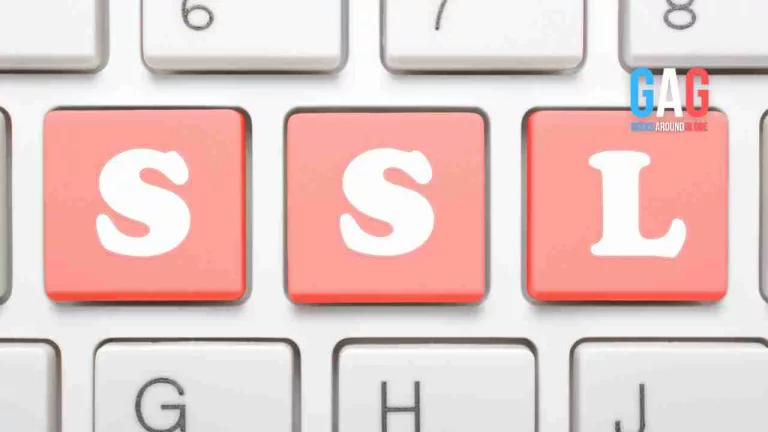Organizations still utilize gamification and microlearning independently to raise employee training engagement levels. But together they can make it easier and more effective for individuals to learn and remember new information.
To reduce the overload of information, microlearning uses high-quality videos, limited text, brief lessons, and content that is focused and relevant. Adding gamification elements, like leader boards or reward points, to such training programs further motivate employees to complete their courses. The goal is to help today’s attention-strapped employees learn more within a short amount of time.
Your staff is more inspired to take part and engage in the learning experience when their competitive side is nurtured in a healthy way.
In this article, we explore how gamification and microlearning could advance the productivity and development of your staff.
Microlearning: An Effective Learning Method
Microlearning is a learning technique that incorporates dividing the training material into manageable, regular, and direct bite-sized bits. One distinctive quality of microlearning is that it gives employees the ability to simplify difficult ideas into more manageable units.
Each of these knowledge bits has a clear purpose and learning objectives. In comparison to traditional training sessions, microlearning delivers learning that is more narrowly focused on achieving certain learning goals.
Organizations often disseminate microlearning materials so that their employees can learn on their own. Your employees will be more interested in the training material as a result of this learning opportunity.
Furthermore, microlearning boosts the effectiveness of your training material by distributing it via mobile devices such as tablets and smartphones to give your employees access whenever and wherever they need it.
If you are looking for more information on microlearning, you can click here.
The Working of a Microlearning Strategy
The four principles that underlie the microlearning strategy are as follows:
- Mobile training sessions
Allowing your staff members to learn on the move is a key component of an efficient microlearning plan. Your staff members can study whenever they want, wherever they are, using their mobile phones. They are not required to attend the training classes as scheduled.
- Employee-centric
By giving employees the chance to select the best training materials, microlearning takes an employee-centric perspective. Moreover, these study materials have a great influence on catching employee interest. The limited and controllable resources enable them to grab your employee’s attention quickly.
- Diverse training materials
Business microlearning engages your personnel and encourages them to engage more actively in the learning experience by utilizing a variety of learning resources, including films, infographics, images, podcasts, simulations, tests, and so much more.
- Significant and engaging training sessions
Since microlearning enables your employees to successfully train themselves in the new information and skills before putting them to use, your training materials end up being more dynamic, engaging, and enjoyable.
Introducing Gamified Microlearning
Gamification is the practice of utilizing game-based elements and graphics to encourage problem-solving, knowledge acquisition, and participation in your workforce.
In the realm of training, gamification aims to boost employee engagement, enthusiasm, and involvement. Its strength resides in its adaptability to the rest of your business training requirements.
Gamification creates innovative learning experience by utilizing stories and narratives. Employees who complete this learning trip are given certificates, badges, credits, and other prizes.
Gamified microlearning has been used by several companies to provide employees with quick lessons. Usually, it consists of quick games that participants must finish in five minutes.
These mini-games include gameplay components including prizes, timers, goals, power-ups, badges, stages, points, and punishments. Making sure that learners may access minigames in a setting in which they are informed about their duty is crucial.
The employees’ animated characters or avatars should closely reflect their occupations and actual experiences. They stay focused on their ultimate aim of learning in this way.
By introducing explanatory videos on the activity or skill that individuals must master, video-based microlearning courses are made more engaging for the audience. Then, employees participate in a mini-game in which they must finish the activity as was demonstrated in the videos.
Given the parallels between gaming and simulations, microlearning simulation models are identical and have been translated into a gamely design. Your gamified simulations ought to have a storyline based on real-world use cases so that the employees can relate to them.
How Well Does Gamification Affect The Effectiveness Of Workplace Training?
The following list is typically a must for any training approach to fulfill the intended training objective. Your gamified microlearning must be:
- Encouraging
- Interesting
- Appropriate and relevant (preferably customized)
- Challenging
- Rewarding
It has to:
- Develop lasting learning.
- Promote the integration of knowledge.
- Allow for training and skill development.
- To prevent the “forgetting curve” from kicking in, provide reinforcement.
- Cause a behavioral shift.
You will undoubtedly see a better influence on the learning experience by including gamification in your learning plan. Here’s why:
- The principles of recurrent retrieval and periodic repetition are addressed by gamification, which employs them to plant the seeds of real changing behavior.
- Games can be enjoyable for the learner all while enhancing the learning experience. Learners can enjoy themselves as they advance through the game, participate in healthy competition, and feel a sense of accomplishment.
- Increased levels of engagement while playing games result in improved memory recall.
You can employ gamification in the following ways to maximize the effectiveness of your corporate training approach and elicit the optimal response:
- Make learning enjoyable for individuals.
- Utilize what they’ve learned at work. By providing practice zones with real-life events, instructors allow learners to perform activities and improve their abilities in a secure setting.
- With the use of gamification approaches, you can influence behavior over time.
Common Gamification Elements Used To Improve The Effectiveness Of Workplace Training
- A Great Story: This corresponds to the training session’s journey’s goal; the storyline gives learners a concrete, meaningful experience.
- Levels: These define the learning route and correspond to different levels of proficiency.
- Challenges: These match the learning objectives.
- Scores: These provide learners with a sense of accomplishment and allow them to observe the results of others, which fosters friendly competition.
- Immediate feedback: This promotes the employees’ development and provides a clear picture of where they stand.
- Badges: They are used as criteria for recognizing notable accomplishments.
- Rewards: They act as a tool to keep employees motivated and engaged while they are learning.
- Collaborative Projects: When gamification is employed as a collaborative strategy, these components can be utilized to promote teamwork.
- Leaderboards: These are the analytical components that give employees a clear picture of their development and how they are doing in comparison to others.
Conclusion
In this article, we spoke about microlearning, introduced gamified microlearning, and the effects of gamification on workplace training. We hope you learned something new through this article.







